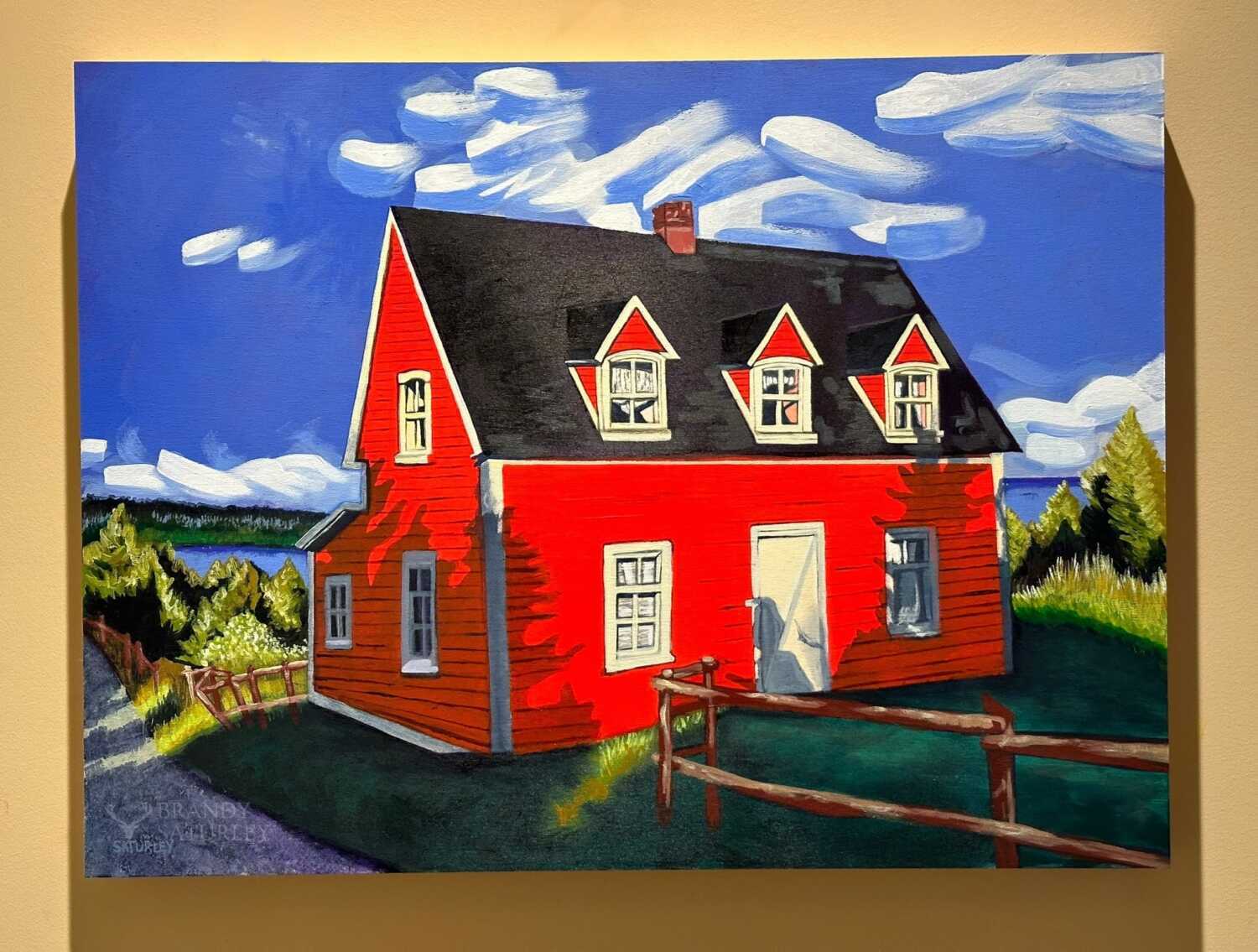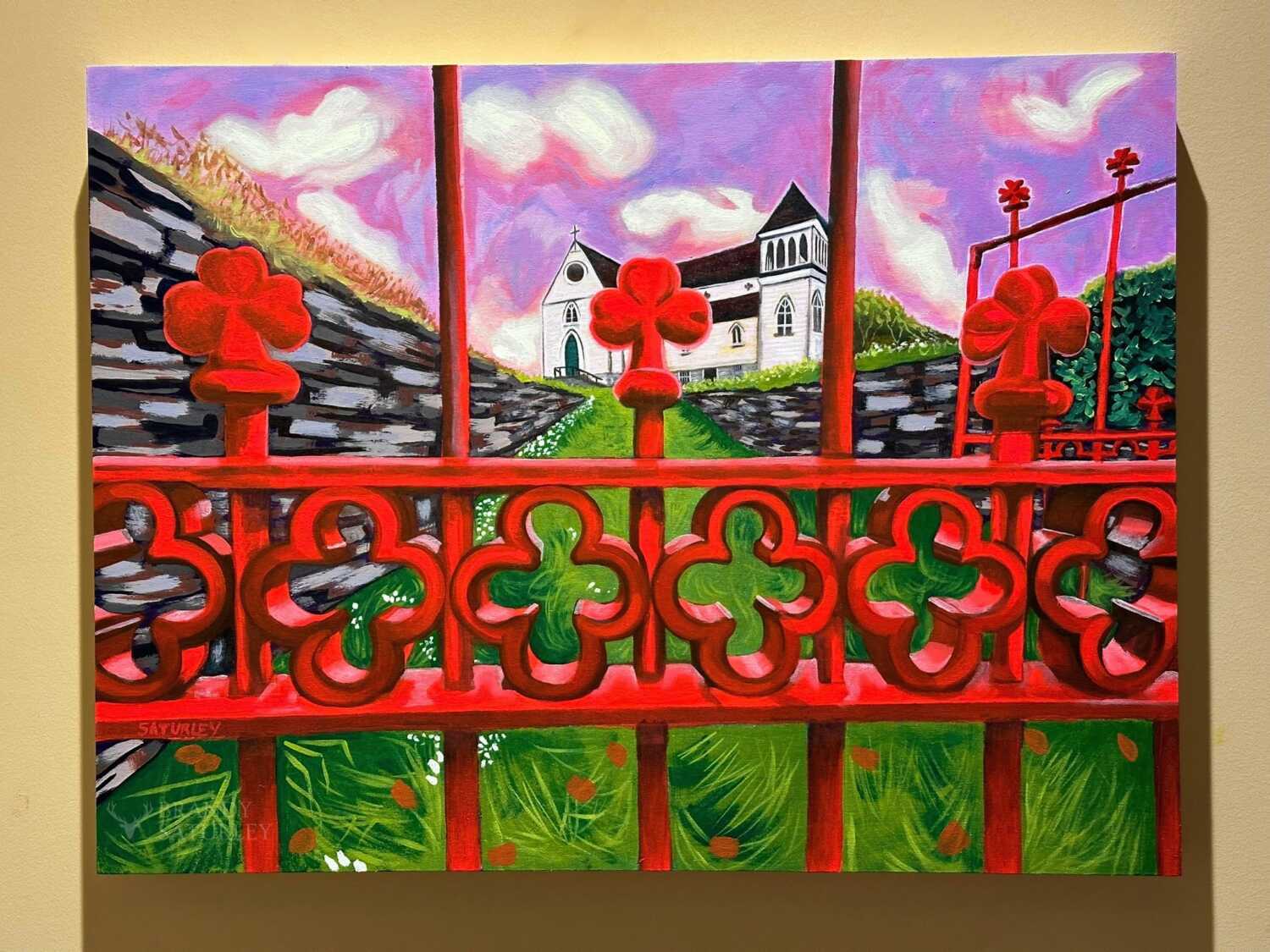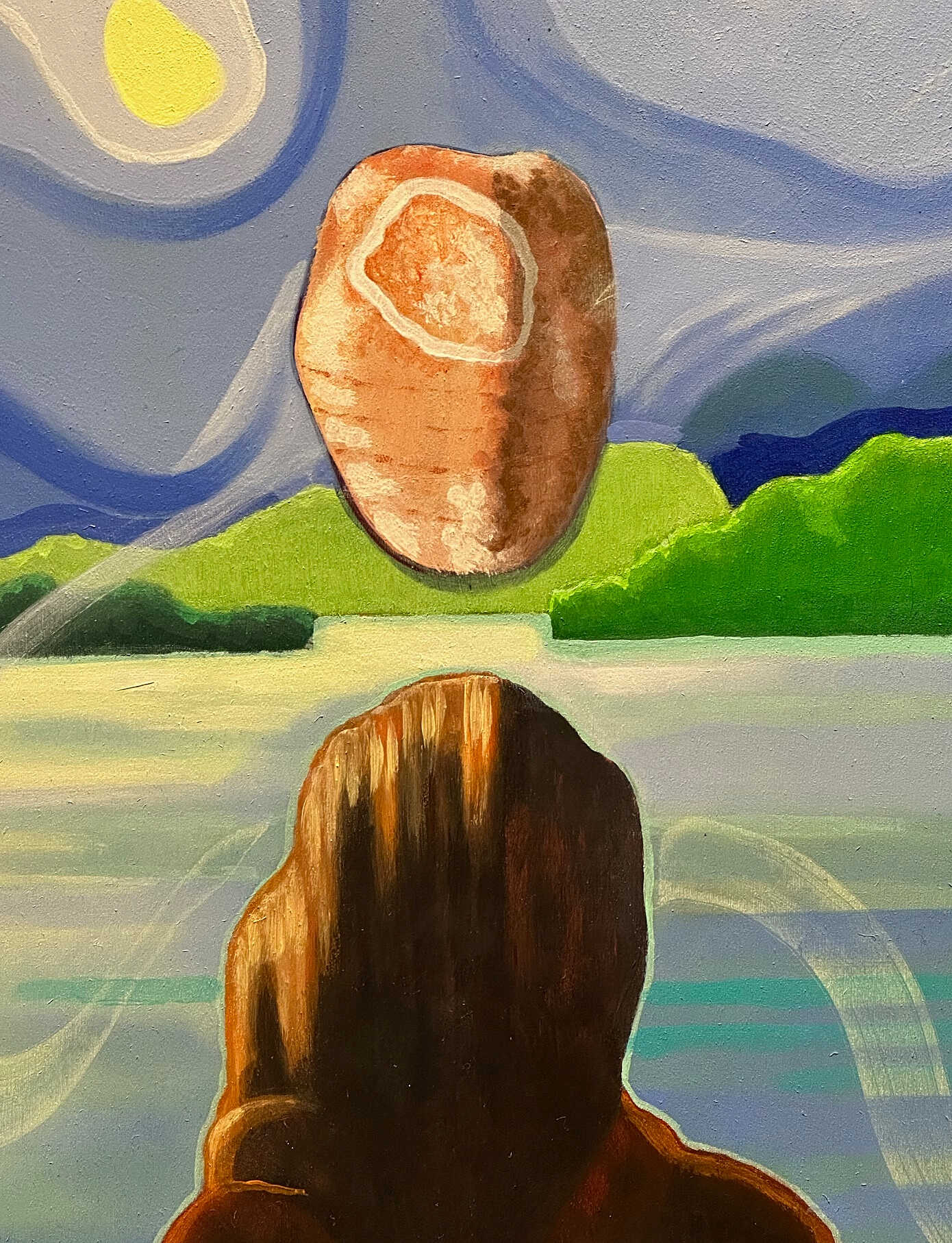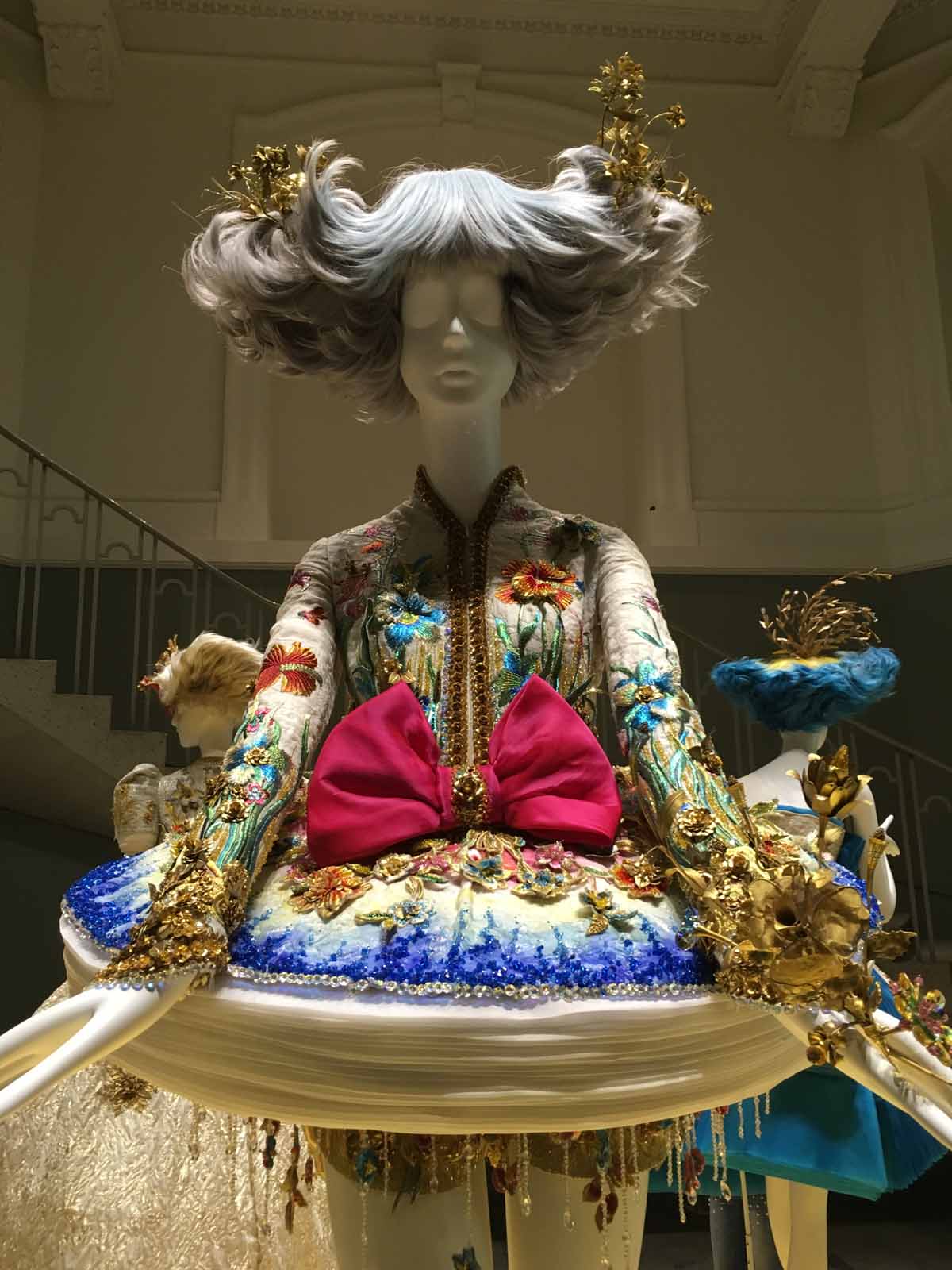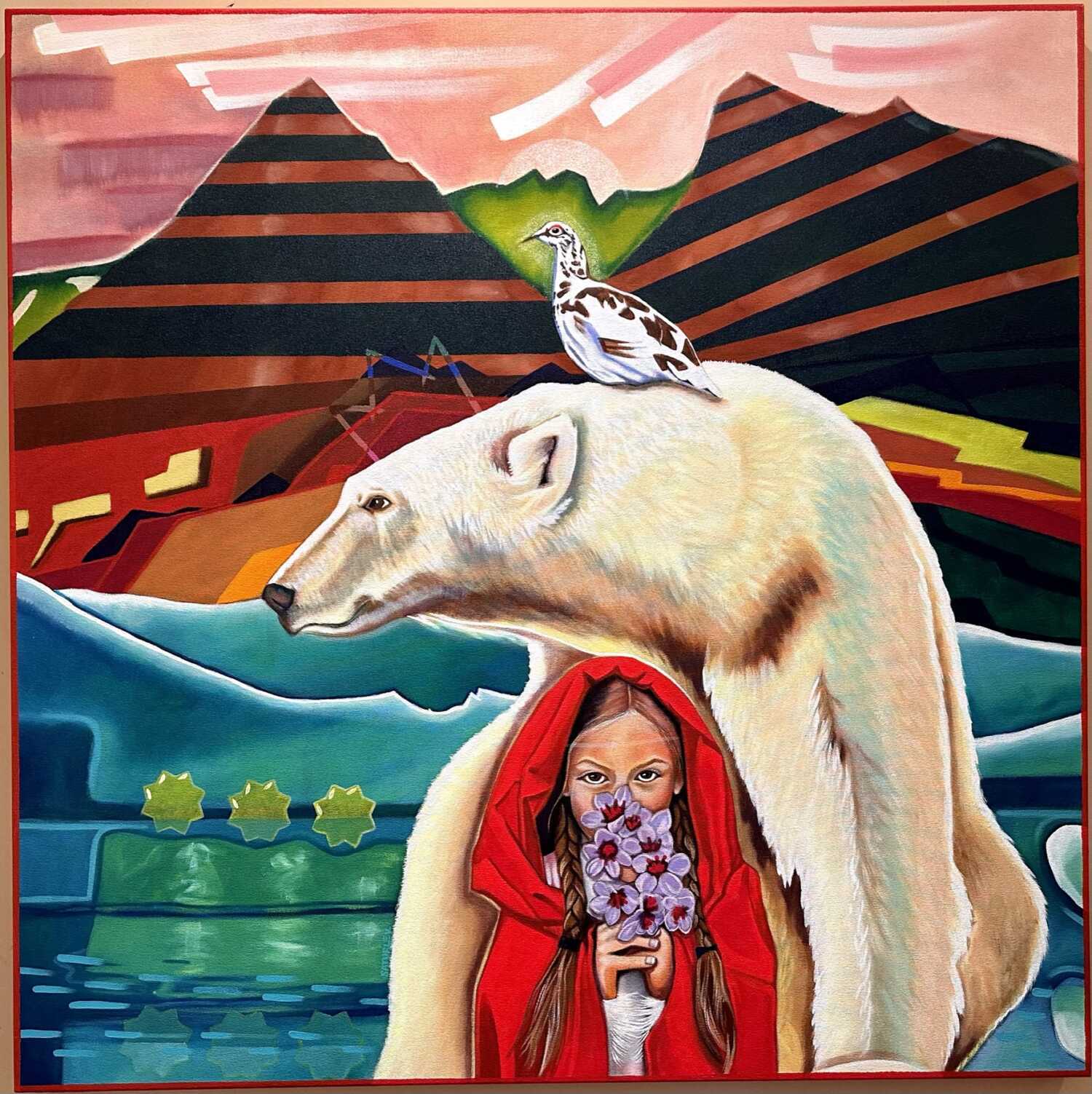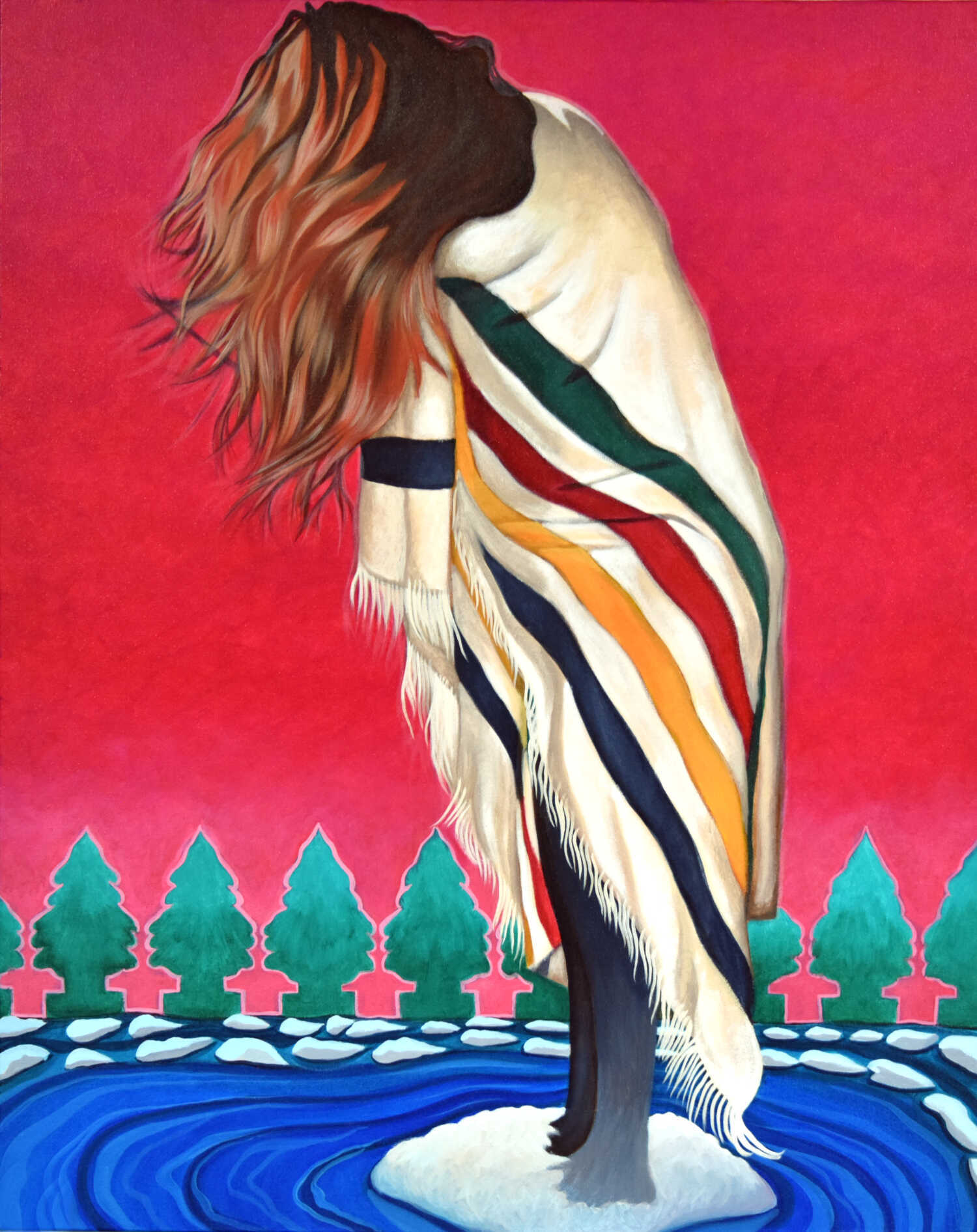Painting Newfoundland Vibrant Reds
Painting Newfoundland: Exploring the Vibrant Reds of Canada’s Atlantic Gem
Having penned numerous blog entries since my inspiring residency at the James Baird/Pouch Cove Foundation back in October 2023, I find myself revisiting the vibrant memories of my time in Newfoundland and Labrador. Amidst the rugged beauty and historical richness of this Atlantic province, one element consistently stands out: the vivid presence of the color red. It’s a hue that not only adorns the buildings and iron gates of old but also seems to embody the spirit of this unique corner of Canada. As I delve into the images and recollections from my journey, I’m struck by the prevalence of red, whether in its matte simplicity or glossy allure, gracing the architecture of places like Tors Cove and Brigus. I am painting Newfoundland and her vibrant reds.
The Historical Significance of Red in Newfoundland
The tale of red in Newfoundland dates back centuries, with a notable incident in 1610 when a container of red paint was accidentally spilled in Cupids Cove. Fast forward four hundred years, and archaeologists stumbled upon this spill, marking the earliest evidence of red ochre paint on a building in Newfoundland and Labrador. Beyond this accidental discovery, indigenous communities, particularly the Beothuk, had long embraced red ochre, utilizing it to adorn tools, garments, and even their bodies, imbuing it with spiritual meaning.
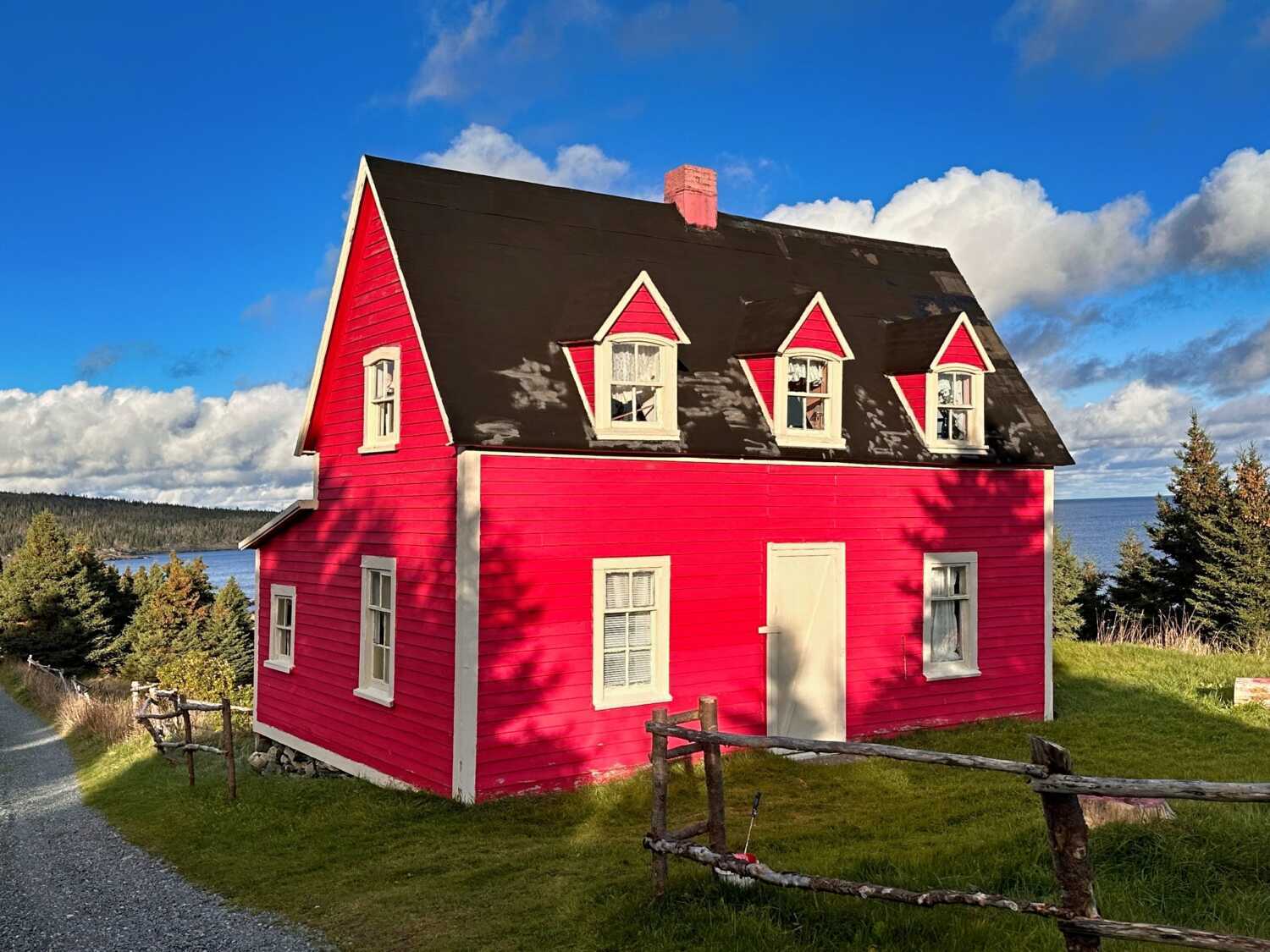
Photograph of red saltbox house at Tors Cove – Brandy Saturley
For generations, fishermen employed red ochre to coat their stages and stores, resulting in a spectrum of hues when mixed with natural oils—seal oil yielding a truer red, while fish oil produced a warmer, ruddy brown. These ochre paints, often thinned with turpentine or kerosene, evolved over time, with early 20th-century markets offering an array of shades under names like oxblood, carmine, vermillion, and rose pink.
The Artistic Significance of Red
Red isn’t merely a color; it’s a symbol steeped in history, from its earliest use in prehistoric art to its enduring presence in contemporary culture. Across civilizations, red has held multifaceted significance, often associated with love, joy, and good fortune. In art and textiles, its allure is undeniable, commanding attention with its warmth and vibrancy.
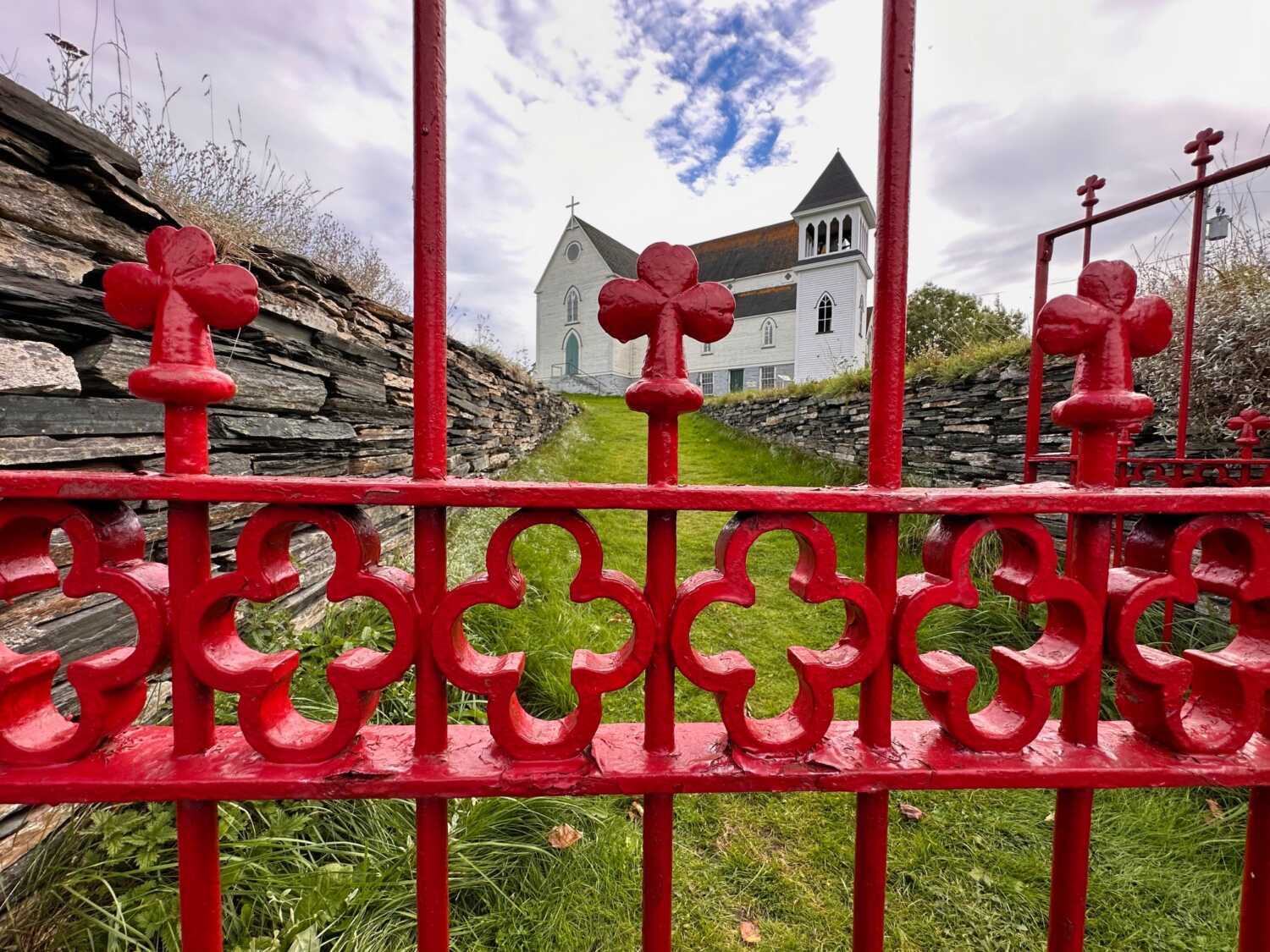
Photo of gate St. Georges Church, Brigus – Brandy Saturley
Understanding the Psychology of Red in Art
Delving deeper, the psychology of red unveils a range of emotions and associations. From love and desire to anger and aggression, red evokes powerful reactions. It symbolizes passion and warmth, yet also serves as a beacon of danger and intensity. Throughout history, red has been wielded as a tool for political and social expression, shaping movements and stirring emotions with its bold presence on canvas and in life. In capturing the essence of Newfoundland, one cannot overlook the significance of red—both in its historical roots and its artistic resonance. It’s a color that transcends mere pigment, weaving a narrative of culture, tradition, and the indomitable spirit of Canada’s Atlantic province.
Two New Paintings: Loving Newfoundland Vibrant Reds
The Little Red Saltbox of Tors Cove
Nestled in the rugged arms of Newfoundland’s embrace,
This little red saltbox, a symbol of grace.
Amidst the craggy cliffs and wild, rolling sea,
It stands as a testament to resilience and glee.
The little red saltbox house at Tors Cove, Newfoundland, is an iconic location and much photographed home.
I met this little house at the end of a long day as the sun was coming down in the Fall of 2023. It was the perfect day!
The red clover iron gate of Old St. Georges Church in Brigus
In Brigus town where tales unfold,
Stands a church with secrets untold,
Its gate of strawberry clover’s bloom,
A sacred space, where love finds room.
Beneath the arch of crimson hue,
I met my love, my heart anew,
Amongst the grass of vibrant green,
A fateful meeting, yet unseen.
Old St. George’s Church, Brigus, Newfoundland – I was romanced by her during my 2023 residency at Pouch Cove, she held my attention long enough to become a painting.


